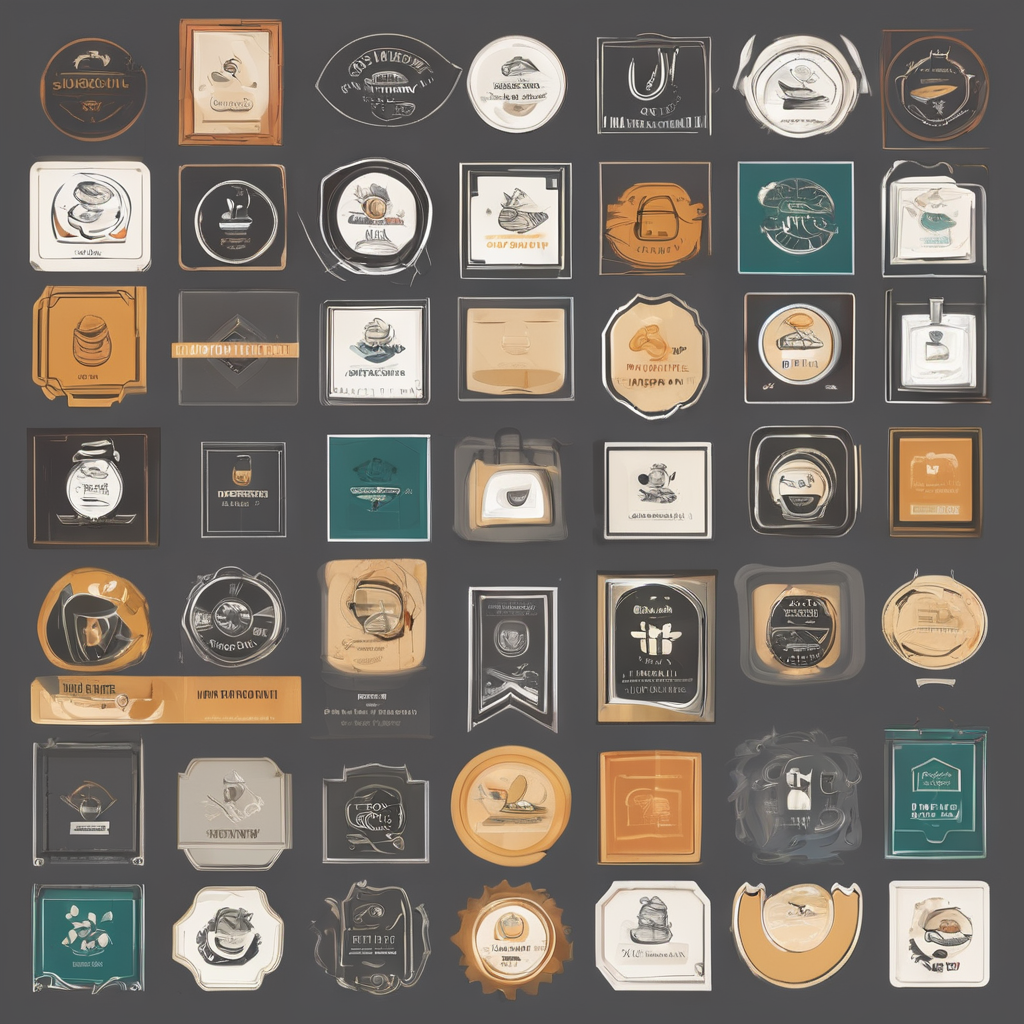Essential Ingredients and Preparation Steps
Mastering the authentic Yorkshire pudding recipe starts with selecting the right Yorkshire pudding ingredients. Flour choice is crucial; plain flour is traditionally preferred for its light texture, lending structure without heaviness. The fat should be a neutral oil or beef drippings, as these contribute to both flavor and the necessary hot fat environment that assists in the pudding’s rise. For liquids, whole milk offers richness, but some traditional recipes blend water and milk for optimal lightness in the Yorkshire pudding batter.
Temperature matters greatly. Ingredients straight from the fridge can hinder batter rise. Allow eggs, milk, and even the batter to come to room temperature before use. Resting the batter for at least 30 minutes is a key step often overlooked. This resting time allows gluten to relax, which yields a more tender, airy texture.
Also to read : What are the steps to crafting a perfect Victoria sponge cake?
In summary, the precise balance and care in selecting and handling traditional Yorkshire pudding ingredients can transform your batter from ordinary to authentic—and beautifully puffed.
Techniques for Mixing and Achieving a Smooth Batter
Achieving a perfect Yorkshire pudding batter hinges on mastering proper mixing techniques. Start by whisking the Yorkshire pudding batter gently but thoroughly to combine the flour, eggs, and liquids smoothly. The goal is to create a uniform mixture without lumps—these can cause uneven rising and texture flaws. Using a balloon whisk or electric mixer on low speed helps distribute ingredients evenly without overworking the batter.
Additional reading : How can you make a mouthwatering spotted dick from scratch?
Avoid over-mixing. Excessive whisking develops gluten too much, resulting in a dense pudding rather than the light, airy texture prized in an authentic Yorkshire pudding recipe. Mix just until the batter is smooth and able to rest; this balance is key to preserving tenderness.
When measuring the Yorkshire pudding batter into tins, fill them no more than halfway. This allows room for the batter to expand, promoting a classic puffed shape with crisp edges. Precise mixing and careful portioning together set the foundation for a successful bake every time.
Oven Temperature and Baking Methods
Proper oven heat Yorkshire pudding begins with preheating your oven thoroughly to around 220°C (425°F). This high temperature creates the crucial steam that forces the Yorkshire pudding batter to rise rapidly. Delaying baking after preparing the batter can reduce the rise, so always have your oven ready in advance.
Selecting the right tin affects both rise and crispiness. Deep, metal muffin tins or classic Yorkshire pudding pans work best because they conduct heat well, achieving a golden, crispy exterior while allowing the batter to puff inside. Avoid glass or ceramic tins as they heat slower, impairing rise.
Placement within the oven is also key. Position your pan on the top third of the oven to maximize heat exposure from the top element. This directs intense heat to the Yorkshire pudding batter, encouraging an even rise and preventing sogginess. Rotating the tray halfway through baking ensures uniform cooking.
In summary, mastering baking tips like precise temperature control, suitable tins, and strategic oven positioning directly impacts the authentic rise and texture of your Yorkshire pudding batter.
Tips for the Perfect Rise and Golden Texture
Achieving the iconic Yorkshire pudding rise depends heavily on using sufficiently hot fat in the tin right before adding the batter. The fat must be smoking hot; this explosive steam generation propels the batter upward, creating lofty, airy puddings. Timing is critical—pour the Yorkshire pudding batter immediately into the fat to avoid heat loss and ensure maximum puffiness.
Avoiding common pitfalls that prevent rising involves keeping the batter at room temperature and not opening the oven door during baking, which can cause temperature drops. Use a deep metal tin filled halfway to allow the best expansion.
Signs of doneness include a well-risen pudding with sharply defined edges that are golden and crisp. The interior should remain tender yet cooked. Underbaking results in soggy texture, while overbaking can dry out the pudding. Mastering these Yorkshire pudding secrets elevates your bake to restaurant-quality with a beautifully crispy exterior and impressive rise.
Troubleshooting and Expert Advice
Insights to enhance your Yorkshire pudding success
When facing Yorkshire pudding troubleshooting, flat or soggy results are common issues to address. One key fix for a flat Yorkshire pudding batter is ensuring the fat in the tin is smoking hot before pouring; failing this causes insufficient steam, preventing proper puffing. Also, avoid opening the oven door during baking, as temperature drops can halt rise.
To improve Yorkshire pudding, adjust batter resting times or ingredient temperatures; too-cold batter reduces lift, while too-thick batter impedes expansion. For high-altitude baking, increase oven heat slightly and reduce liquid to compensate for faster evaporation—this preserves the authentic light texture.
Expert Yorkshire pudding tips emphasize using a metal tin for optimal heat conduction and precise oven positioning to ensure even baking. Additionally, whisking batter just enough without over-mixing maintains tenderness while preventing toughness.
By applying these adjustments and carefully monitoring preparation and bake conditions, you’ll consistently achieve authentic, impressive Yorkshire puddings with a perfect rise and golden crispiness.








